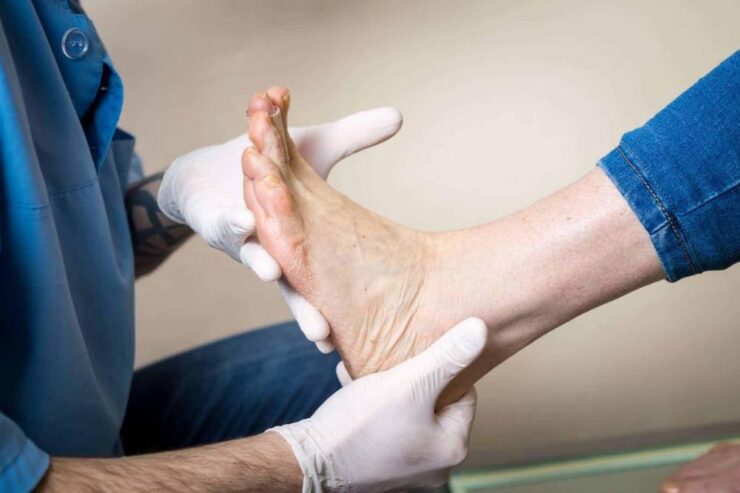In the world of sports, injuries are an unfortunate reality that athletes often face. Whether it’s a sprained ankle, torn ligaments, or a fractured bone, these injuries can have a significant impact on an athlete’s career and overall well-being. Traditionally, the focus has been on managing pain, reducing inflammation, and promoting recovery through surgery or rehabilitation. However, a groundbreaking approach known as regenerative orthopedics is revolutionizing the field of sports medicine. By harnessing the power of the body’s natural healing mechanisms, regenerative orthopedics aims to accelerate the recovery process and restore athletes to their full potential.
Understanding sports injuries and the need for effective healing methods
Sports injuries can range from minor strains and sprains to more severe damage to bones, ligaments, and tendons. These injuries often occur due to high-impact activities, repetitive motion, or sudden trauma. The challenge lies in not only addressing the immediate symptoms but also ensuring long-term healing and preventing future complications. Traditional treatment options, such as pain management and physical therapy, focus on symptom relief rather than addressing the underlying cause. This is where regenerative orthopedics and sports medicine come into play, offering a promising solution to promote effective healing and tissue regeneration.
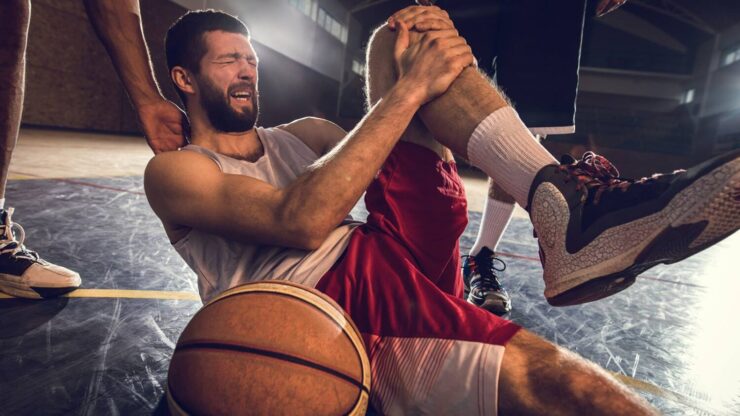
The science behind regenerative orthopedics: How the body naturally heals itself
The human body possesses an incredible ability to heal itself. When injured, the body initiates a complex cascade of events involving various cell types, growth factors, and signaling molecules. This intricate process aims to repair damaged tissues and restore normal function. Regenerative orthopedics capitalizes on this natural healing process by enhancing and accelerating it. By understanding the biological mechanisms behind tissue repair, scientists and clinicians can develop innovative therapies that facilitate the body’s healing response and optimize recovery from sports injuries.
Platelet-rich plasma (PRP) therapy: A game-changer in regenerative orthopedics
Platelet-rich plasma (PRP) therapy has emerged as a game-changer. PRP is derived from the patient’s own blood and contains a high concentration of platelets, which are rich in growth factors and other bioactive molecules. When injected into the injured area, PRP stimulates tissue regeneration and accelerates the healing process. It has shown promising results in the treatment of conditions such as tendonitis, ligament injuries, and osteoarthritis. PRP therapy is minimally invasive, safe, and has minimal side effects, making it an attractive option for athletes seeking a faster and more effective recovery.
Stem cell therapy: Unlocking the potential for tissue regeneration in sports injuries
Stem cell therapy is another groundbreaking approach. Stem cells are undifferentiated cells with the unique ability to differentiate into various cell types. They can be harvested from different sources, such as bone marrow or adipose tissue, and then injected into the injured area. Once in place, these stem cells promote tissue regeneration by differentiating into specialized cells, reducing inflammation, and releasing growth factors. Stem cell therapy has shown promise in treating conditions like cartilage defects and tendon injuries. However, further research is needed to optimize its effectiveness and ensure long-term safety.
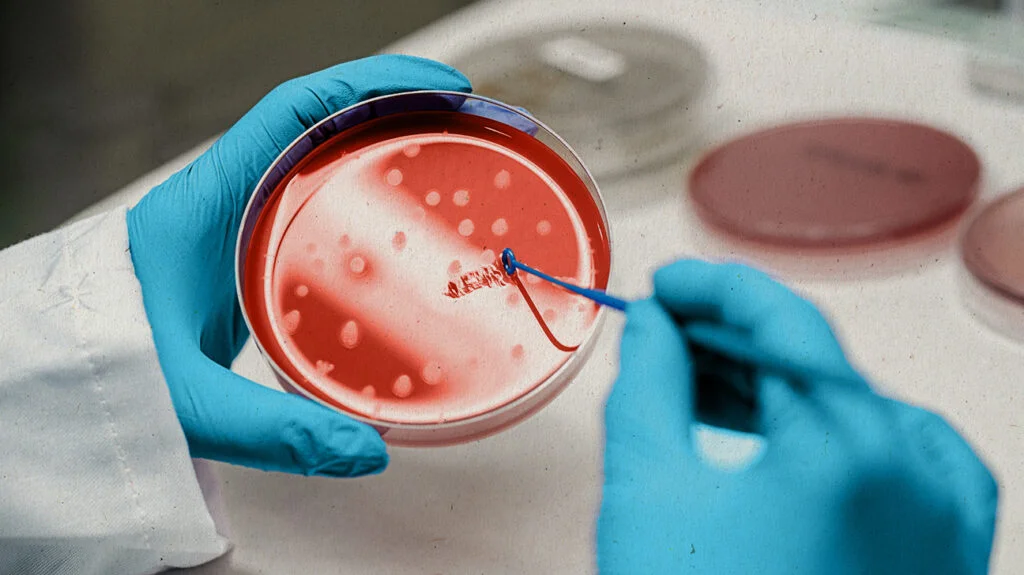
The role of growth factors in promoting tissue repair and regeneration
Growth factors play a crucial role in promoting tissue repair and regeneration. These small proteins regulate cell growth, differentiation, and migration, thereby influencing the healing process. Growth factors are naturally produced in the body, but their concentration may be insufficient in some cases, hindering optimal healing. Growth factors can be delivered directly to the injured site to enhance the body’s healing response. By supplementing the body’s natural supply of growth factors, clinicians can stimulate tissue regeneration, promote collagen synthesis, and improve overall recovery outcomes.
Harnessing the power of mesenchymal stem cells for accelerated healing
Mesenchymal stem cells (MSCs) have gained significant attention due to their unique properties. These multipotent cells can differentiate into various cell types, including bone, cartilage, and muscle cells. MSCs can be isolated from various sources, such as bone marrow, umbilical cord tissue, or adipose tissue. When injected into the injured area, MSCs have the potential to stimulate tissue repair, modulate the immune response, and promote angiogenesis. Their capabilities make them a promising tool in the treatment of sports injuries, with ongoing research exploring their potential applications and optimizing their therapeutic use.
Novel regenerative techniques: From tissue engineering to gene therapy
Beyond PRP therapy and stem cell therapy, regenerative orthopedics encompasses a wide array of novel techniques. Tissue engineering involves creating artificial scaffolds and combining them with cells and growth factors to facilitate tissue regeneration. Gene therapy aims to introduce therapeutic genes into injured tissues to enhance their healing potential. These cutting-edge approaches hold immense promise for the future of regenerative orthopedics and may revolutionize the way we treat sports injuries. While they are still in the experimental stages, they provide a glimpse into the possibilities that lie ahead in the field.
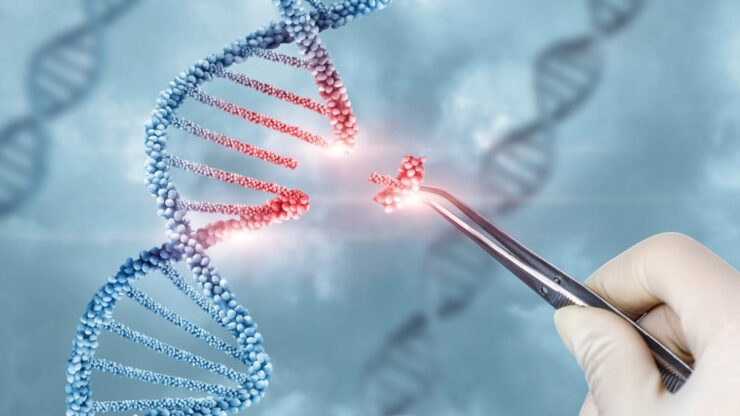
Case studies: Success stories of athletes benefiting from regenerative orthopedics
Numerous athletes have already benefited from regenerative orthopedics. High-profile cases include professional athletes who have returned to their respective sports after undergoing regenerative therapies. For example, Kobe Bryant, a legendary basketball player, received regenerative treatment for his knee injury, allowing him to extend his career. Similarly, Tiger Woods, a renowned golfer, underwent PRP therapy and stem cell treatment for his back pain, enabling him to make a successful comeback. These success stories highlight the potential of regenerative orthopedics in restoring athletes’ health and performance.
Challenges and limitations in the field of regenerative orthopedics for sports injuries
While regenerative orthopedics shows great promise, several challenges and limitations exist. First, the scientific understanding of the mechanisms underlying tissue regeneration is still evolving, and more research is needed to optimize treatment protocols. Second, the cost of regenerative therapies can be a barrier for some athletes, as these treatments are often not covered by insurance. Furthermore, regulatory frameworks need to be established to ensure the safety and efficacy of these therapies. Addressing these challenges will be crucial in expanding access to regenerative orthopedics and maximizing its potential for athletes.
The future of regenerative orthopedics: Advancements and potential applications
Looking ahead, the future of regenerative orthopedics is brimming with exciting advancements and potential applications. Ongoing research is focused on optimizing stem cell therapies, exploring new sources of regenerative cells, and developing innovative delivery methods. Additionally, advancements in tissue engineering and gene therapy hold promise for more personalized and targeted treatments. With each passing year, regenerative orthopedics is likely to become increasingly accessible, affordable, and effective. This will not only transform the field of sports medicine but also revolutionize healthcare by harnessing the power of healing to improve the lives of athletes and individuals with musculoskeletal injuries.
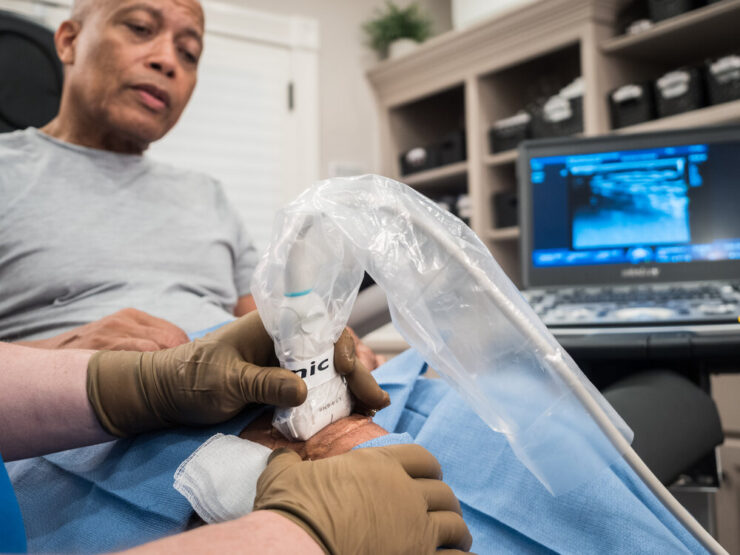
Conclusion
In conclusion, regenerative orthopedics represents a paradigm shift in the treatment of sports injuries. By leveraging the body’s natural healing mechanisms, this innovative approach aims to accelerate recovery, promote tissue regeneration, and restore athletes to their full potential.

